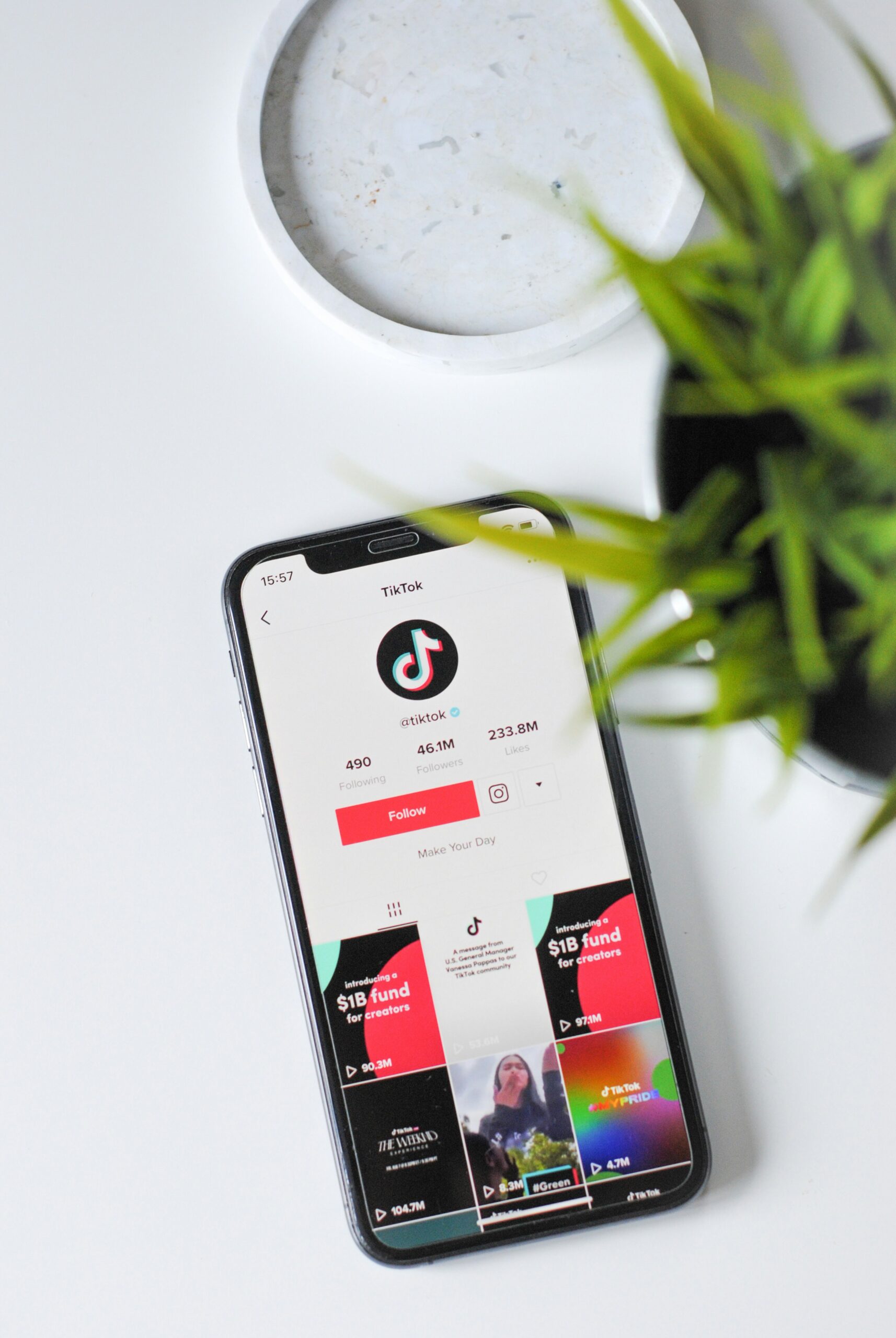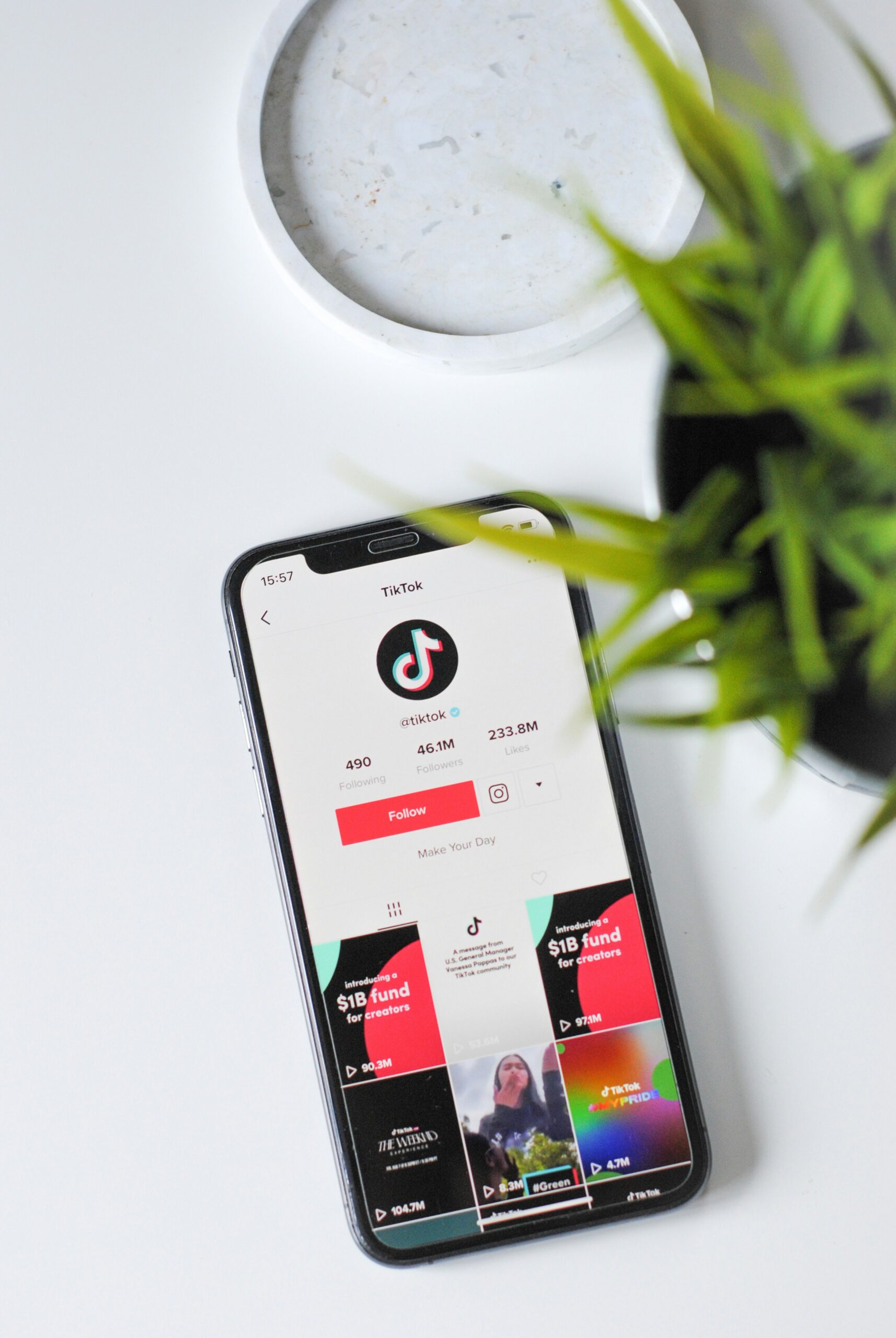
The Ultimate Guide to Facebook Marketing for Beginners
Introduction to Facebook Marketing
Facebook marketing has become an indispensable tool for businesses aiming to bolster their online presence. With over 2.8 billion active users as of 2023, Facebook offers unparalleled access to a vast audience. Companies, whether large or small, can leverage this platform to reach potential customers, build brand awareness, and drive sales.
One of the most compelling features of Facebook marketing is its ability to deliver highly targeted advertising. By utilizing Facebook’s advanced targeting options, businesses can create ads that reach specific demographics based on age, location, interests, and behaviors. This precision ensures that marketing efforts are not only efficient but also effective, leading to higher engagement rates and better return on investment (ROI).
Moreover, Facebook provides a suite of tools designed to help brands interact with their audience in meaningful ways. From creating engaging content and running interactive campaigns to utilizing Facebook Messenger for customer support, the platform offers multiple avenues for fostering customer relationships. These interactions can build trust and loyalty, which are essential components of long-term business success.
However, diving into Facebook marketing without a clear strategy can lead to wasted time and resources. It is crucial for businesses to outline their goals, understand their target audience, and develop a content plan before launching any campaigns. A well-thought-out strategy ensures that marketing efforts are aligned with business objectives, making it easier to measure success and make data-driven adjustments.
In essence, Facebook marketing is not just about posting updates or running ads; it’s about creating a cohesive plan that leverages the platform’s capabilities to achieve specific business goals. As we delve deeper into this guide, we will explore various strategies and best practices to help you navigate the complexities of Facebook marketing and maximize its potential for your business.
Setting Up Your Facebook Business Page
Creating a Facebook Business Page is a foundational step in establishing your online presence. A professional-looking page not only lends credibility but also serves as a central hub for customer engagement and brand promotion. The process begins with logging into your personal Facebook account and navigating to the “Create” button, where you can select “Page” and then choose “Business or Brand.”
First, input your business name carefully, as it will be the primary identifier for your audience. Ensure the name is consistent with your branding across other platforms. Next, provide accurate contact information, including your business address, phone number, and email. This makes it easy for potential customers to reach you.
Visual elements play a crucial role in the professional appearance of your page. Upload a high-quality profile picture, typically your business logo, which will be visible in every interaction you have on Facebook. The cover photo should be equally compelling and relevant to your business. A high-quality, visually appealing image can instantly grab attention and convey your brand’s message effectively.
Another critical component is the “About” section, where you should write a compelling and concise description of your business. Highlight what sets you apart from competitors and include relevant keywords to improve search visibility. This section should reflect your brand’s voice and provide a clear understanding of your offerings.
Brand consistency is key. Use the same color schemes, logos, and messaging that your audience is accustomed to seeing. Consistency helps in building brand recognition and trust. Also, ensure that all visuals and text elements meet high-quality standards to maintain a professional appearance.
By following these steps, you lay a solid foundation for your Facebook Business Page, setting the stage for effective marketing and customer engagement. A well-crafted page not only attracts followers but also encourages them to interact with your brand, fostering a loyal customer base.
Understanding Facebook’s Algorithm
Facebook’s algorithm plays a crucial role in determining which content appears in users’ news feeds. As a marketer, understanding this complex system is essential for optimizing your posts and maximizing their visibility. The algorithm is designed to prioritize content that is most likely to engage users, ensuring a more personalized experience for each individual. It evaluates various factors to make these decisions, with engagement, content type, and recency being among the most significant.
Engagement is a key aspect of the algorithm. Posts that receive higher levels of interaction—such as likes, comments, and shares—are deemed more valuable and are thus more likely to be shown to a broader audience. This means that creating content that encourages user interaction is vital. For instance, asking questions, prompting discussions, and using compelling visuals can significantly boost engagement metrics.
Content type also influences the algorithm. Facebook favors diverse content, including videos, images, and links, as well as text-based posts. Video content, in particular, tends to perform exceptionally well due to its dynamic nature and ability to capture attention quickly. Live videos are even more favored as they often generate higher levels of immediate interaction. Therefore, incorporating a variety of content types into your strategy can enhance your reach.
Recency is another critical factor. The algorithm tends to prioritize newer posts, ensuring that users see the most current and relevant information. This underscores the importance of posting consistently and at optimal times when your audience is most active. Utilizing Facebook’s Insights tool can provide valuable data on when your followers are online, helping you time your posts for maximum impact.
To work effectively with Facebook’s algorithm, businesses should focus on creating engaging, diverse, and timely content. By understanding and leveraging these key factors, marketers can enhance their posts’ visibility, ultimately reaching a larger audience and achieving their marketing objectives.
Creating Engaging Content
Creating engaging content is fundamental to successful Facebook marketing. Different types of content, such as text posts, images, videos, and live streams, each play a unique role in capturing audience interest and sparking interaction. Text posts are straightforward, yet powerful. They should be concise, relevant, and designed to prompt responses, whether through questions, opinions, or calls to action. Using emojis, bullet points, and short paragraphs can enhance readability and engagement.
Images are another potent tool. High-quality, visually appealing images can capture attention more effectively than text alone. They should be relevant to your brand and message, and optimized for Facebook’s image dimensions to ensure they display correctly on all devices. Infographics, memes, and branded visuals can also be very effective in conveying messages quickly and attractively.
Videos are increasingly dominant on Facebook. They offer an engaging way to showcase products, share customer testimonials, or provide behind-the-scenes glimpses of your business. To maximize impact, keep videos short and captivating within the first few seconds. Adding subtitles can also enhance accessibility and engagement, especially since many users watch videos without sound.
Live streams, a dynamic form of video content, can foster real-time interaction and create a sense of urgency and exclusivity. They are ideal for Q&A sessions, product launches, or live events, allowing for immediate viewer feedback and interaction. Preparation is key; ensure a stable internet connection and have a clear plan for the session to maintain viewer interest.
Storytelling is another critical component of engaging content. Crafting narratives that resonate with your audience helps build emotional connections and loyalty. Whether it’s sharing customer success stories or the journey of your business, compelling stories make your brand more relatable and memorable.
Incorporating calls to action (CTAs) is essential for boosting engagement. Whether inviting users to comment, share, or visit your website, clear and compelling CTAs guide your audience towards desired actions. Using action-oriented language and creating a sense of urgency can significantly increase response rates.
By leveraging a mix of content types and focusing on storytelling, visuals, and CTAs, you can create effective and engaging content that resonates with your target audience on Facebook.
Facebook Advertising Basics
Facebook advertising offers a versatile platform for reaching a broad audience through various ad formats. These formats include photo ads, video ads, carousel ads, and more, each designed to meet specific marketing objectives. Photo ads are straightforward and visually engaging, ideal for showcasing products or promoting brand awareness. Video ads, on the other hand, offer dynamic storytelling opportunities, helping to capture the viewer’s attention and convey a more detailed message. Carousel ads allow businesses to display multiple images or videos within a single ad, providing a more interactive experience for users.
A critical component of successful Facebook advertising is targeting the right audience. Facebook’s advanced targeting options enable advertisers to reach potential customers based on demographics, interests, behaviors, and even location. By leveraging these targeting tools, businesses can ensure that their ads are seen by users who are most likely to be interested in their products or services, thereby maximizing the return on investment.
Setting up a Facebook ad campaign involves several key steps. First, define the campaign objectives, such as increasing brand awareness, driving traffic to a website, or generating leads. Clear objectives help guide the ad creation process and measure the campaign’s success. Next, establish a budget and bidding strategy. Facebook allows for daily or lifetime budgets, giving advertisers flexibility in controlling their spending. The bidding process determines how much you are willing to pay for each click or impression, balancing cost with desired reach and engagement.
Once the objectives and budget are set, the next step is designing the ad creative and selecting the appropriate format. High-quality visuals and compelling ad copy are essential to capture users’ attention and encourage interaction. Additionally, monitoring and analyzing the performance of the ads through Facebook’s insights and analytics tools can provide valuable feedback for optimizing future campaigns. By understanding these basics of Facebook advertising, businesses can effectively leverage the platform to achieve their marketing goals.
Analyzing Facebook Insights and Metrics
Understanding how to effectively use Facebook Insights is crucial for tracking the performance of your Facebook Page and ads. Facebook Insights offers a comprehensive suite of analytics tools that allow you to monitor a variety of metrics, helping you make informed decisions about your marketing strategy.
One of the key metrics to monitor is reach, which indicates the number of unique users who have seen your content. A high reach suggests that your posts are being distributed widely, but it’s important to pair this with other metrics to gauge effectiveness. Engagement metrics, such as likes, comments, and shares, provide insight into how users are interacting with your content. High engagement rates often signal that your content is resonating with your audience.
Clicks are another vital metric, especially if your goal is to drive traffic to your website or a specific landing page. Monitoring the number of clicks can help you understand which posts are effectively encouraging users to take action. Additionally, conversion metrics track the number of users who complete a desired action, such as making a purchase or signing up for a newsletter, after interacting with your ad. This metric is particularly important for measuring the ROI of your ad campaigns.
Interpreting these metrics involves looking at both individual and collective data points. For instance, if your reach is high but engagement is low, it may indicate that while many people are seeing your posts, they aren’t finding the content engaging. This can prompt you to adjust your content strategy, perhaps by incorporating more compelling visuals or interactive elements. Conversely, high engagement but low clicks might suggest that while users enjoy your posts, they are not motivated to take further action, indicating a need to refine your call-to-action.
Using Facebook Insights, you can also track the performance of specific ad campaigns, examining metrics like cost per click (CPC) and cost per conversion. These analytics help determine the effectiveness of your ad spend and identify areas for optimization. By regularly analyzing these metrics, you can continuously refine your marketing strategy, ensuring that your efforts are both effective and efficient.
Building a Community and Managing Engagement
Building a community on Facebook is integral to a successful marketing strategy. A well-engaged community can enhance brand loyalty, drive organic reach, and foster a sense of belonging among followers. Engaging with your audience on Facebook involves actively participating in conversations, responding to comments and messages, and handling feedback—both positive and negative—effectively.
To start, prioritize consistent interaction with your followers. Responding to comments on your posts shows that you value their input and are attentive to their needs. This can be achieved by allocating specific times throughout the day to check and reply to comments. Similarly, responding promptly to messages can enhance customer satisfaction and build trust. Ensure your responses are personalized rather than automated, as this personal touch can significantly improve engagement.
Creating content that encourages interaction is also crucial. Ask questions, run polls, and create posts that invite followers to share their opinions or experiences. This not only boosts engagement but also provides valuable insights into your audience’s preferences and behaviors. Regularly hosting live sessions, such as Q&As or behind-the-scenes tours, can further strengthen community bonds and provide a platform for real-time interaction.
Handling negative feedback requires a strategic approach. Rather than ignoring or deleting unfavorable comments, address them professionally and empathetically. Acknowledging a customer’s concern and providing a solution demonstrates your commitment to customer satisfaction. This can turn a potentially damaging situation into an opportunity to showcase your brand’s dedication to service and improvement.
Ultimately, a loyal community can become powerful brand advocates, spreading positive word-of-mouth and enhancing your organic reach. By fostering a vibrant, engaged community, you not only improve your Facebook marketing efforts but also create a supportive network of followers who are invested in your brand’s success.
Advanced Facebook Marketing Strategies
For marketers who have mastered the basics and are ready to enhance their Facebook marketing efforts, advanced strategies are essential. One of the most effective techniques is retargeting, which involves reaching out to users who have previously interacted with your content or website. This can be achieved through the use of Facebook Pixel, a powerful analytics tool that tracks user interactions across your website and allows you to create highly targeted ads.
Leveraging custom and lookalike audiences can significantly enhance your advertising campaigns. Custom audiences enable you to target ads to users based on their previous interactions with your business, while lookalike audiences allow you to expand your reach by targeting users who share similar characteristics with your existing customers. By harnessing these tools, you can ensure that your ads are displayed to the most relevant and engaged audience.
Creating and managing Facebook Groups is another advanced strategy that can foster a sense of community and encourage deeper engagement with your brand. Groups provide a platform for users to connect with one another, share experiences, and discuss topics related to your industry. By actively participating in and moderating these groups, you can build stronger relationships with your audience and establish your brand as a thought leader in your field.
Running contests and giveaways is an effective way to boost engagement and increase your follower count. These campaigns can generate excitement and encourage users to interact with your content, share it with their networks, and ultimately, expand your reach. When planning a contest or giveaway, ensure that the rules are clear, the prizes are appealing, and the entry process is straightforward.
Collaborating with influencers can amplify your marketing efforts by tapping into their established audiences. Influencers who align with your brand values can help promote your products or services authentically, providing social proof and increasing your credibility. When selecting influencers, consider their reach, engagement rates, and relevance to your target audience.
Incorporating these advanced Facebook marketing strategies can elevate your campaigns and drive better results. By utilizing retargeting, custom and lookalike audiences, Facebook Groups, contests, and influencer collaborations, you can create a more dynamic and effective marketing plan.


